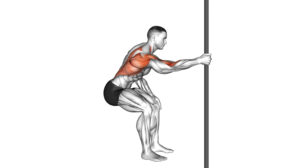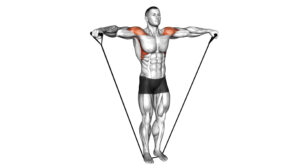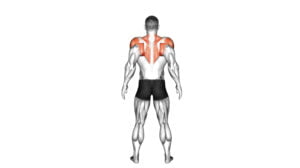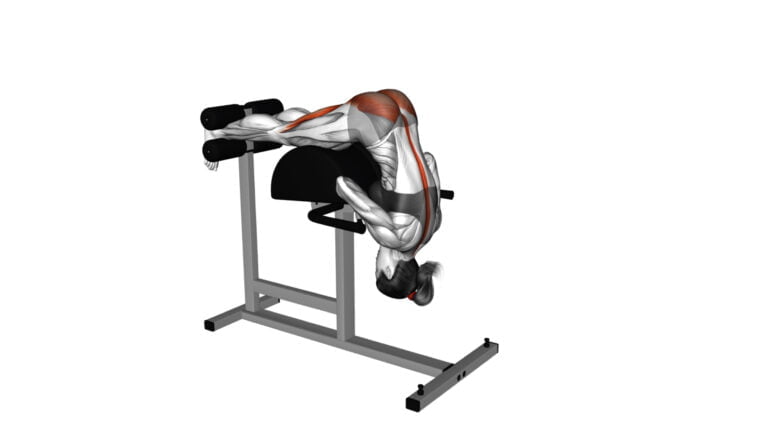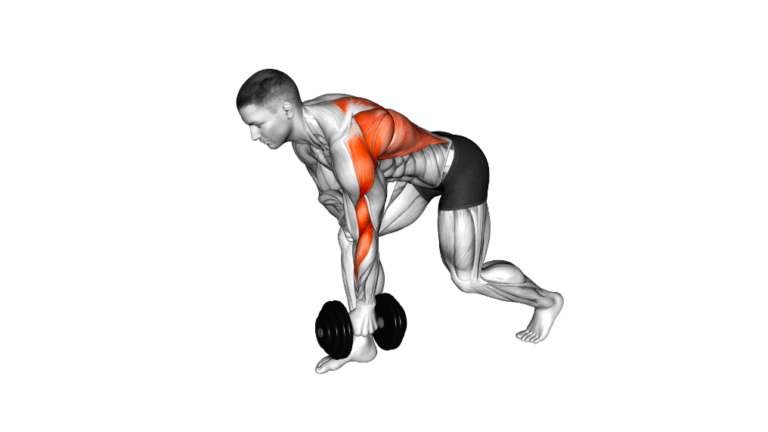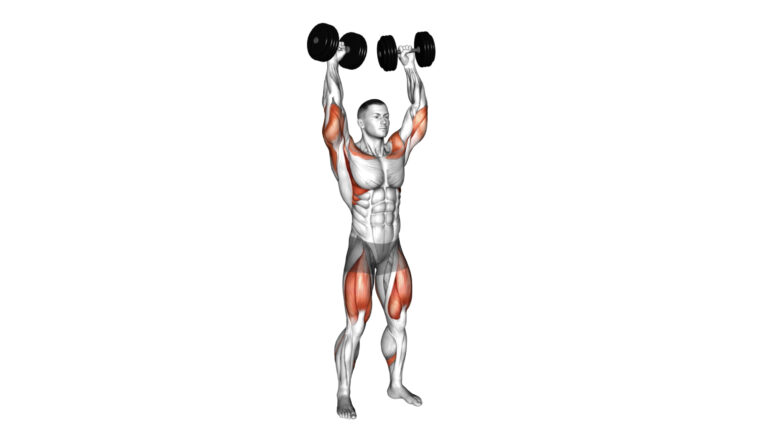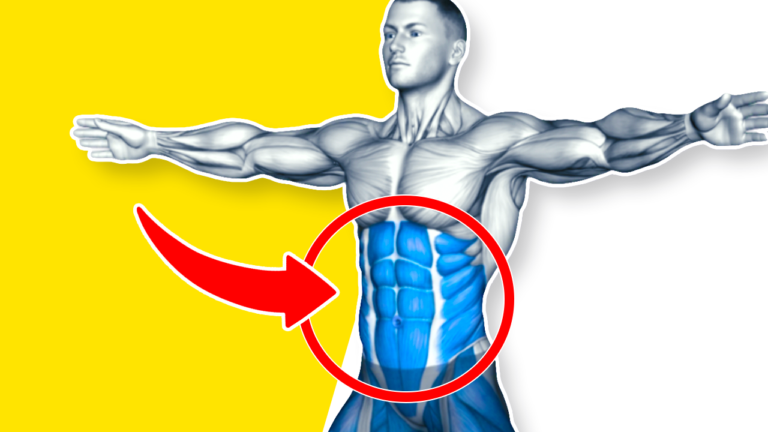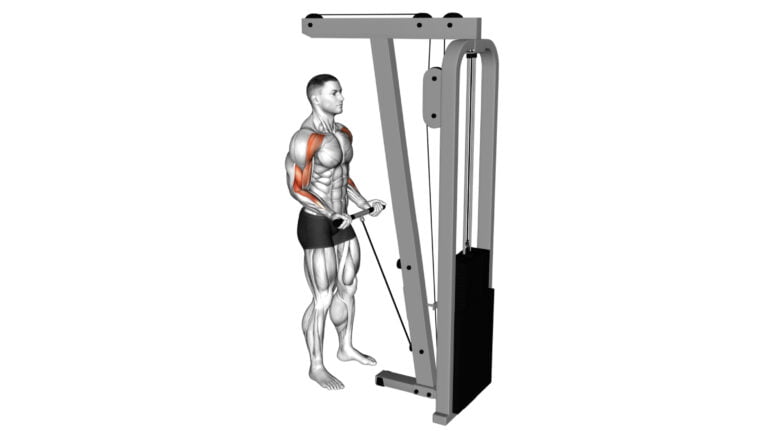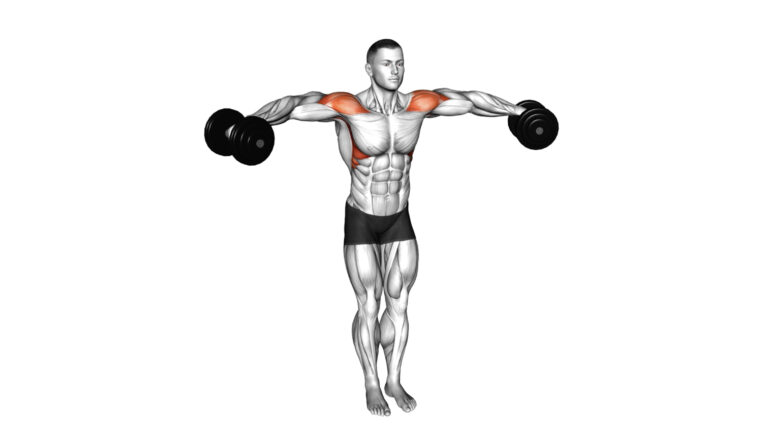5 Effective Lats Stretching Exercises For Improved Flexibility And Strength
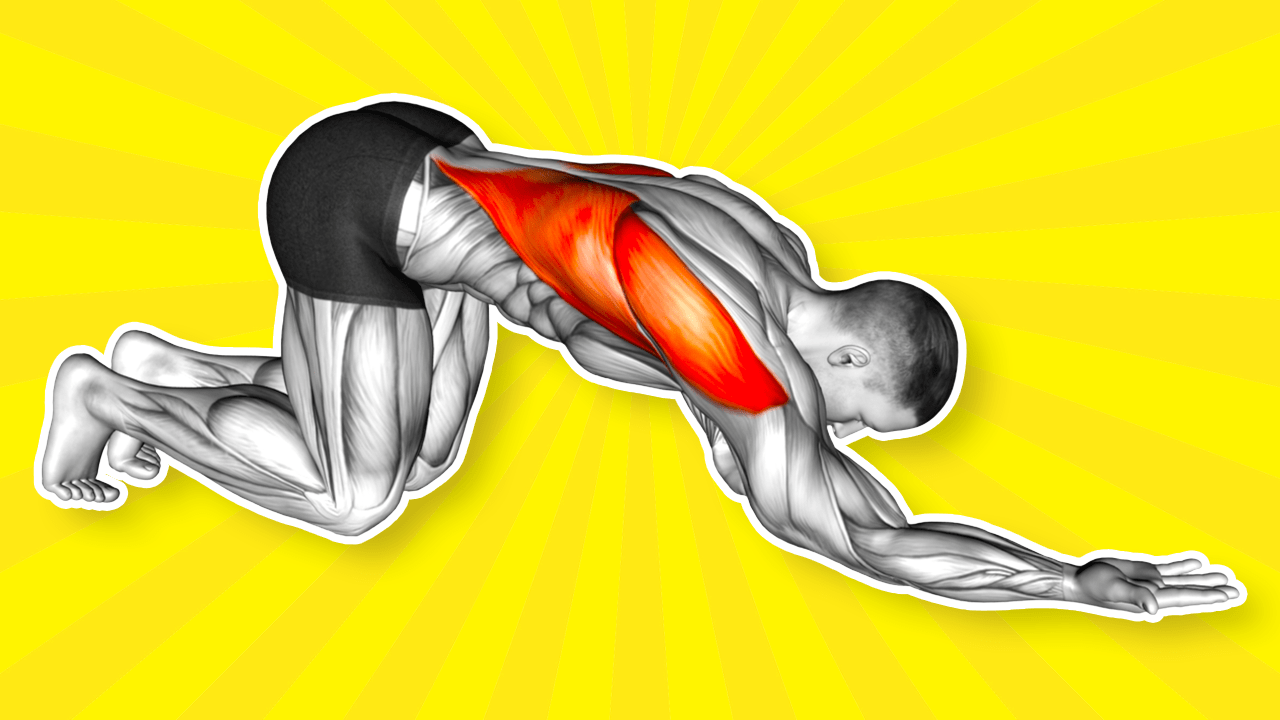
If you’ve ever reached for a high shelf or pulled off an impressive set of pull-ups, you’ve relied on your latissimus dorsi muscles, commonly known as the ‘lats.’ Despite their importance in our daily movement and exercise routines, these broad back muscles often remain overlooked and under-stretched.
As someone who has spent years coaching athletes and fitness enthusiasts alike, I can attest to the transformative power that targeted lat stretches have on performance and flexibility.
Tight lats not only restrict your range of motion but can also trigger discomfort in areas like your shoulders, neck, and lower back. The key to unlocking greater upper-body agility lies in deliberate stretching techniques designed to elongate these muscular fibers.
By adhering to the exercises outlined herein—rooted in my extensive experience—you will discover newfound fluidity in every reach and lift. Stay tuned for thoughtful strategies that will revolutionize how your body moves.
Ready to stretch out?.
Key Takeaways
- Stretching your lats improves mobility and reduces the risk of injury by promoting flexibility, especially if done 2-3 times a week for 15-30 minutes.
- Targeted lat stretches can alleviate tightness that contributes to discomfort in the shoulders, neck, and lower back while also aiding good posture.
- Lat stretches like Parsva Balasana Yoga Pose and World’s Greatest Stretch target multiple muscles groups for comprehensive benefits.
- Consistency with stretching exercises is essential for seeing improvements in strength and flexibility; results can be noticed within weeks when practiced regularly.
- In addition to exercise, maintaining a healthy diet rich in nutrients supports muscle recovery and overall muscle health.
Understanding the Lat Muscles and Why They Need Stretching
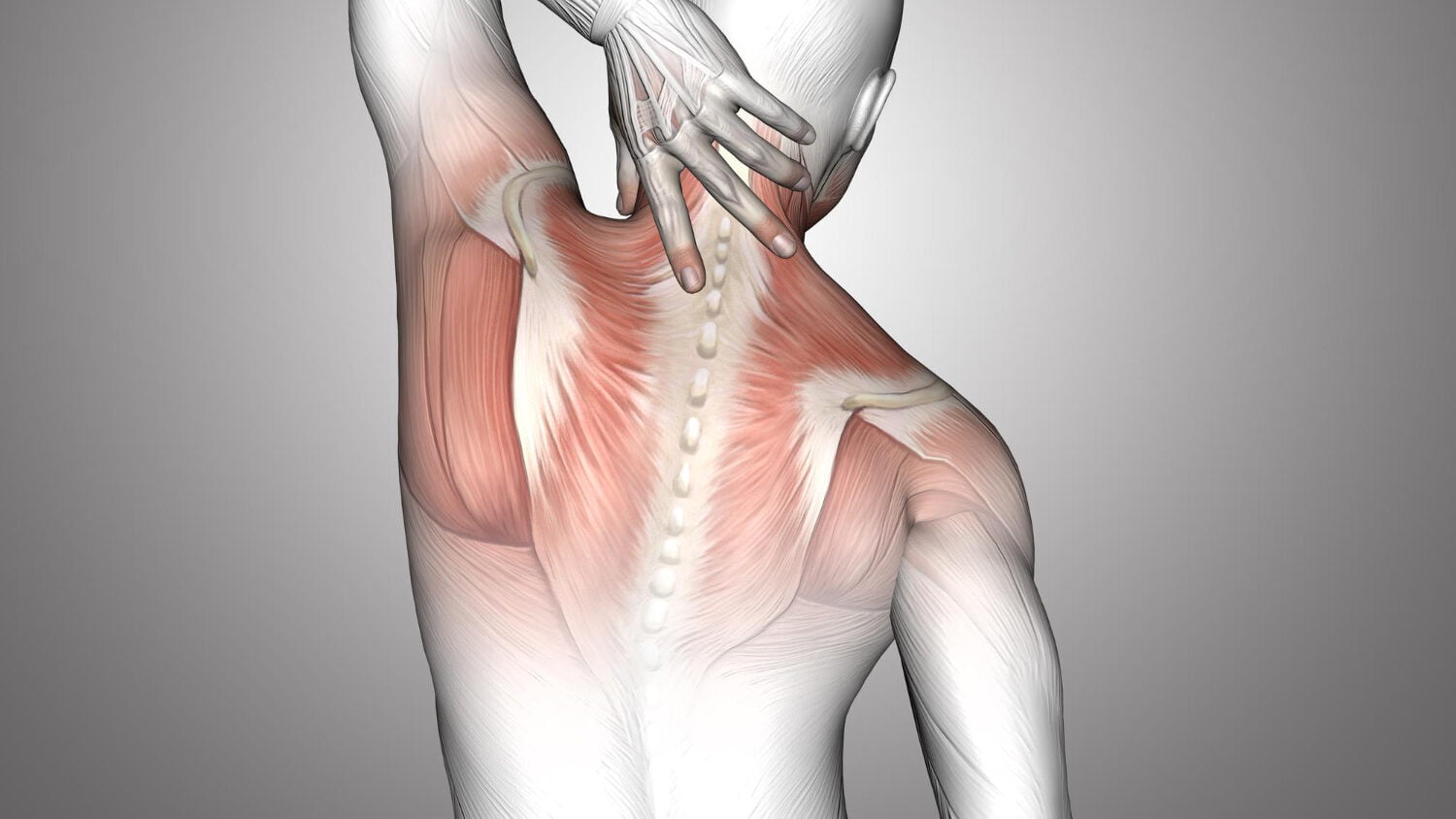
The latissimus dorsi, or “lats,” are large muscles in your upper back that play a crucial role in various movements like pulling, lifting, and rotating the arms. Tight lats can lead to decreased mobility, poor posture, and even shoulder pain.
Understanding the anatomy and function of these muscles will help you see why stretching them is essential for improved flexibility and strength.
Anatomy and Function
Lat muscles, short for latissimus dorsi, span the width of your back and connect your upper arms to your spine. They play a crucial role in shoulder extension, adduction, and internal rotation.
When you pull something close or reach overhead during activities like chin-ups or lat pulldowns, these large fan-shaped muscles spring into action.
Functionally, they also contribute to breathing by helping raise the thorax as air is pulled into the lungs. Strong lats support good posture and stabilize the lower back during movements such as deadlifts and squats.
Improving their flexibility can result in better performance across a wide range of exercises and daily tasks.
Causes of Tightness
Lat muscles can become tight for several reasons. Regular movements like lifting weights or engaging in activities that involve shoulder girdle motions, such as chin-ups or push-ups, put stress on the lats.
Over time, this constant tension leads to muscle tightness if not properly managed with cooldown exercises and stretching. Poor posture contributes significantly to lat stiffness too; sitting hunched over a desk all day causes these muscles to shorten and lose flexibility.
Muscle imbalances also play a role in tightened lats. If certain areas of your upper body are stronger than others, it might cause an uneven pull on the shoulder blades and spine, resulting in tightness around the scapulae.
In some cases, injury can lead to tense lats; shoulder injuries especially have a direct impact since they restrict movement and may force other muscles like the lats to compensate during recovery periods which increases muscle tension and creates adhesions—sticky spots where tissues get knotted up affecting mobility and even causing back pain if left unaddressed through proper stretching routines.
Signs of Tight Lats
Knowing what causes lat tightness can help you spot the signs in your own body. If your shoulders feel restricted when reaching overhead or if it’s difficult to bring your arms together behind your back, these might be tell-tale symptoms of shortened lats.
Perhaps you’ve noticed a decreased ability to comfortably perform movements that require shoulder extension, like pulling down weights during a workout. This stiffness may also express itself through discomfort under your shoulder blades, where the lats attach along the ribs.
Frequent feelings of soreness after upper body exercises could point towards overworked and tight lat muscles. In cases of severe tightness, some people even experience difficulty maintaining proper posture; their shoulders tend to roll forward due to the shortening of these expansive back muscles.
Difficulty engaging in activities that involve lateral flexion or rotation of the trunk indicates that your lats might need attention too – for example, twists might not seem as fluid as they should be.
Keep an eye out for any limitations in movement or persistent sore points around the lower back and sides—it’s often our bodies’ way of signaling that those important lat muscles are overdue for a good stretch.
Benefits of Stretching for Lats

Stretching your lats can lead to improved mobility, decreased soft tissue tone, and an overall improved range of motion. These benefits can help in preventing injuries and improving athletic performance.
Improved Mobility
Stretching the lats can lead to improved mobility in the shoulders and upper back. This increased flexibility allows for a wider range of motion during activities like weightlifting, yoga, or even reaching for items on high shelves.
By incorporating lat stretching exercises into your routine, you can prevent stiffness and improve your overall mobility.
The enhanced flexibility gained from regular lat stretching exercises enables better performance in various physical activities such as downward-facing dog pose in yoga or lifting weights with proper form.
Decreased Soft Tissue Tone
Decreased soft tissue tone results from a lack of regular stretching and can lead to reduced flexibility and increased risk of injury. Tight muscles can restrict movement, affecting overall range of motion, and potentially causing discomfort during physical activities or daily movements.
Incorporating targeted lat stretches into your routine helps combat decreased soft tissue tone, promoting supple muscles that are more conducive to improved flexibility and strength.
Engaging in regular lat stretching exercises allows for better maintenance of muscle length, addressing the issue of decreased soft tissue tone. Strengthening the lats through proper stretching techniques enhances overall performance while reducing the chances of strains or injuries commonly associated with tight musculature.
Improved Range of Motion
To improve range of motion, incorporate dynamic stretching exercises to help lengthen and strengthen the lat muscles. Engaging in regular stretching routines such as Parsva Balasana Yoga Pose and World’s Greatest Stretch can effectively increase flexibility in the lats, allowing for better movement and reduced risk of injury during physical activities.
By consistently performing these exercises, individuals can experience improved mobility and enhanced performance in various daily tasks or athletic endeavors.
Implementing effective lat stretching exercises into your fitness routine not only aids in developing stronger lats but also contributes to an overall improvement in your body’s flexibility and strength.
5 Effective Lat Stretching Exercises
Try incorporating the Parsva Balasana Yoga Pose, World’s Greatest Stretch, Kneeling Lat Stretch, Standing Lateral Stretch, and Single Arm Lat Stretch Against Wall into your routine for improved flexibility and strength.
To learn about these exercises in detail and how they can benefit you, continue reading!
1. Parsva Balasana Yoga Pose
Rest on your hands and knees, then gently slide your right arm underneath the left, lowering your shoulder to the floor. Twist your torso to the left while pressing into your left hand.
Hold this position while breathing deeply. Repeat on the opposite side for a balanced stretch.
With Parsva Balasana yoga pose, you’ll feel a deep stretch along the length of your lats and back muscles, promoting flexibility and mobility in these crucial areas. This pose also helps relieve tension in the shoulders and upper back.
2. World’s Greatest Stretch
The “World’s Greatest Stretch” is a dynamic exercise that targets multiple muscle groups, including the lats. To perform this stretch, start in a standing position and take a large step back with one foot into a deep lunge.
Then, place the same-side hand on the ground beside the front foot and rotate your torso upward while reaching the opposite arm toward the ceiling. This movement provides an intense stretch through the lat muscles as well as the hip flexors, hamstrings, and groin.
The combination of these movements makes it an efficient way to improve flexibility and mobility throughout your entire body.
Incorporating “World’s Greatest Stretch” into your regular routine can help increase overall flexibility and strength. This exercise not only targets tight lats but also engages other key muscle groups for comprehensive improvement in range of motion and muscular control.
3. Kneeling Lat Stretch
Transitioning from the dynamic stretching of the “World’s Greatest Stretch,” we move to a static stretch that targets the lats. The kneeling lat stretch is an effective exercise that provides a deep and focused stretch in the latissimus dorsi muscles, promoting flexibility and mobility in the back and shoulders.
To perform this stretch, kneel on the floor with your hips resting on your heels, then reach your arms forward as you slowly lower your chest toward the ground. As you maintain this position, feel a gentle pull along the sides of your upper body, helping to release tension and tightness in the lats.
While holding this stretch for 30-60 seconds, focus on breathing deeply and relaxing into the movement to maximize its effectiveness. Incorporating this exercise into your regular stretching routine can lead to improved posture, reduced risk of injury during activities requiring shoulder mobility, and enhanced overall upper body function.
4. Standing Lateral Stretch
Transitioning from the kneeling lat stretch, the standing lateral stretch is an effective way to target and stretch your lats. To perform this exercise, stand with your feet shoulder-width apart and raise one arm overhead.
Then, gently lean to the opposite side while keeping your hips stationary. You should feel a deep stretch along the side of your torso. Hold this position for 15-30 seconds before switching to the other side.
This exercise helps in elongating and releasing tension in the latissimus dorsi muscles, promoting better flexibility and range of motion in your upper body. Incorporating the standing lateral stretch into your routine can contribute to improved posture and reduced risk of shoulder injuries as well.
5. Single Arm Lat Stretch Against Wall
Press your palm against the wall at shoulder level. Step back with one foot, keeping it flat on the ground. Lean your body forward until you feel a gentle stretch in your lat muscle.
Hold for 20-30 seconds and then switch sides.
This simple yet effective stretch can help alleviate tightness in your lats, promoting improved flexibility and range of motion in your shoulders and upper back. It’s a great addition to any stretching routine aimed at enhancing overall mobility and reducing discomfort during daily activities or exercise.
Tips for Incorporating Lat Stretching into Your Fitness Routine

Include lat stretching exercises in your warm-up and cool-down routines, aim for at least 2-3 times a week, focus on proper breathing techniques, and be patient for visible results.
Read more to learn about the benefits of incorporating these tips into your fitness routine!
Frequency and Duration
To improve flexibility and strength in the lats, aim to perform stretching exercises at least 2-3 times a week. Each stretching session should last for about 15-30 minutes. Hold each stretch for at least 20-30 seconds, focusing on breathing deeply and relaxing into the stretch.
Remember to avoid bouncing or forcing the stretch, as this can lead to muscle strain or injury. Consistent and regular lat stretching will help maintain overall flexibility and prevent tightness in the muscles.
Ensure that you adjust your routine based on factors like intensity of workouts, any discomfort experienced during exercise, or specific goals related to muscle flexibility and strength development.
Proper Form and Breathing Techniques
To ensure the effectiveness of your lat stretching exercises, it’s crucial to maintain proper form and focus on breathing techniques. When performing any lat stretch, keep your back straight and shoulders relaxed to avoid unnecessary strain.
It’s essential to breathe deeply and evenly throughout each stretch, exhaling as you gently move into the stretch and inhaling as you release. Engaging in controlled breathing can help relax the muscles and improve the overall effectiveness of the stretches.
Additionally, be mindful of any signs of discomfort or pain during the stretches, making sure not to push yourself too far beyond your comfort level. Proper form and breathing will enhance the benefits of each exercise while reducing the risk of injury for a more effective workout session.
Recommended Sets And Reps
Perform each lat stretching exercise for 2 sets of 15-30 seconds to effectively target and stretch the lat muscles. Aim to complete these exercises 3-4 times a week for optimal flexibility improvements and muscle relaxation.
It’s essential to focus on smooth, controlled movements during each repetition, ensuring proper breathing techniques throughout the stretches.
How long to wait for workout results
After incorporating the recommended sets and reps for your lat stretching exercises, you might be eagerly awaiting the results. The duration to see noticeable improvements can vary from person to person, depending on factors such as consistency, intensity of the stretches, and individual muscle flexibility.
Generally, with regular practice and dedication to your lat stretching routine, you can start experiencing increased flexibility and reduced tightness within a few weeks. Over time, as your muscles adapt to the new range of motion, you may notice enhanced strength in your lats during weight lifting exercises.
Consistency is key when it comes to seeing workout results. By sticking to your lat stretching regimen and maintaining proper form with each exercise, you can expedite the process of achieving improved flexibility and strength in your lats.
Eat a Healthy Diet
After incorporating lat stretching exercises into your fitness routine, it’s essential to fuel your body with a healthy diet. Consuming nutrient-rich foods such as lean proteins, whole grains, fruits, and vegetables can support muscle recovery and maintenance.
A balanced diet provides the necessary vitamins and minerals to promote flexibility and strength in your lats. Additionally, staying hydrated is crucial for overall muscle function and can aid in preventing cramping during workouts.
Including omega-3 fatty acids found in fish or nuts can also assist in reducing inflammation and enhancing muscle flexibility.
Conclusion

In conclusion, incorporating these 5 effective lat stretching exercises into your fitness routine can significantly improve flexibility and strength. Their practicality and efficiency make them easy to implement and highly effective for targeting tight lats.
By regularly performing these stretches, you can experience improved mobility, decreased soft tissue tone, and an enhanced range of motion in your shoulder joints. Remember to prioritize proper form and breathing techniques while integrating these exercises into your workout regimen for the best results.
Stay motivated as you work towards achieving greater flexibility and strength through consistent practice of these essential lat stretches.
FAQs
1. What are some of the best lat stretching exercises for flexibility?
Some of the best lat stretching exercises include downward dog, bear hug, and the standing stretch called urdhva hastasana to improve spinal flexibility and strength.
2. How do lat stretches help your body?
Lat stretches exercise your back muscles, which can prevent pain by helping you maintain posture through contraction and relaxation of muscles from shoulders to lower spine.
3. Can stretching lats help with shoulder joint health?
Yes, regular lat stretch exercises can increase range-of-motion around the humerus in your shoulder joints and reduce risks of impingement or injuries when adducting or medially rotating arms.
4. Why should I include lats stretching in my workout routine?
Including lats stretching as part of warmup or cool down helps release lactate buildup, reduces trigger points around teres major muscle and sacral vertebrae, and preps muscles for stronger flexing during workouts.
5. Are there poses from yoga that work well for lat stretches?
Yes! Yoga poses like adho mukha svanasana (downward dog), urdhva mukha svanasana (upward facing dog), tadasana (mountain pose), and chakravakasana (sunbird pose) effectively stretch the thoracolumbar region as passive stretches enhancing overall movement.
6. Do you need any equipment to perform effective lat stretches?
You don’t necessarily need equipment; many exercises such as chin ups use body weight itself or simple props like a towel for assisted retraction but incorporating tools like supine kettlebell extensions can also enhance effectiveness.

Author
Years ago, the spark of my life’s passion ignited in my mind the moment I stepped into the local gym for the first time. The inaugural bead of perspiration, the initial endeavor, the very first surge of endorphins, and a sense of pride that washed over me post-workout marked the beginning of my deep-seated interest in strength sports, fitness, and sports nutrition. This very curiosity blossomed rapidly into a profound fascination, propelling me to earn a Master’s degree in Physical Education from the Academy of Physical Education in Krakow, followed by a Sports Manager diploma from the Jagiellonian University. My journey of growth led me to gain more specialized qualifications, such as being a certified personal trainer with a focus on sports dietetics, a lifeguard, and an instructor for wellness and corrective gymnastics. Theoretical knowledge paired seamlessly with practical experience, reinforcing my belief that the transformation of individuals under my guidance was also a reflection of my personal growth. This belief holds true even today. Each day, I strive to push the boundaries and explore new realms. These realms gently elevate me to greater heights. The unique combination of passion for my field and the continuous quest for growth fuels my drive to break new ground.





